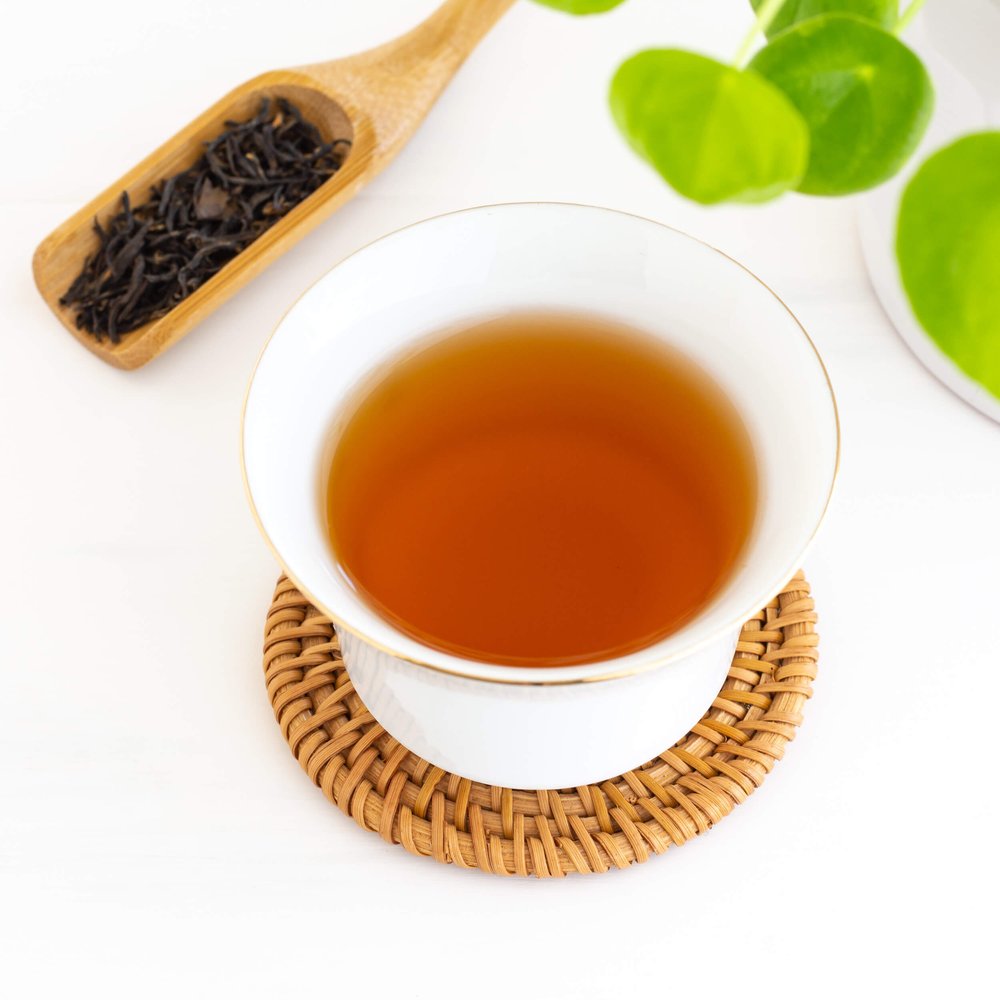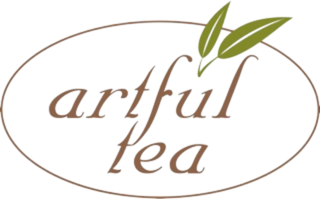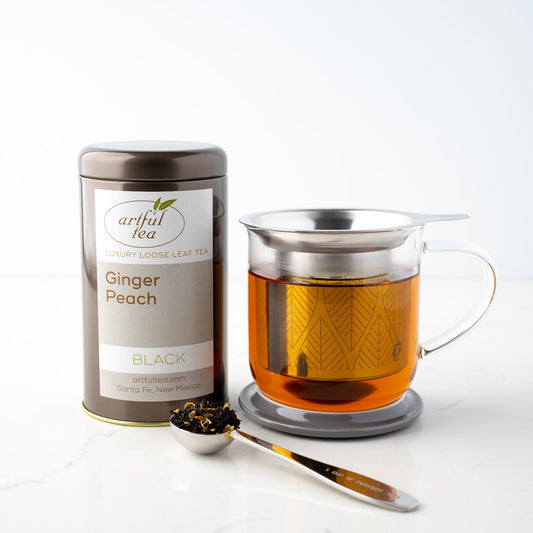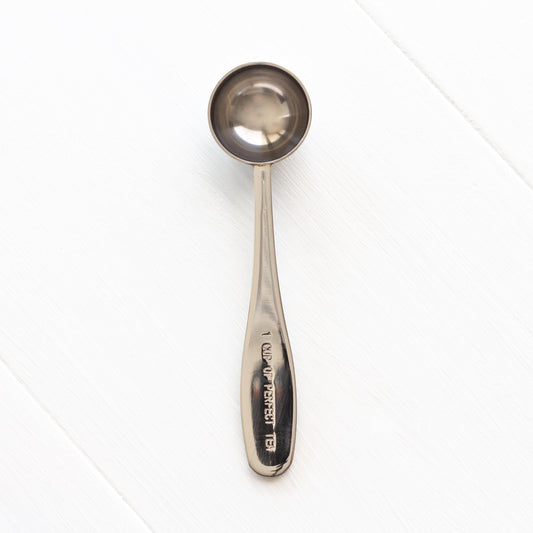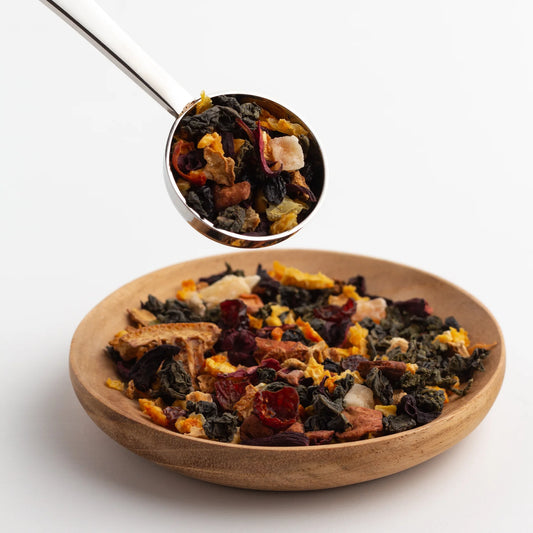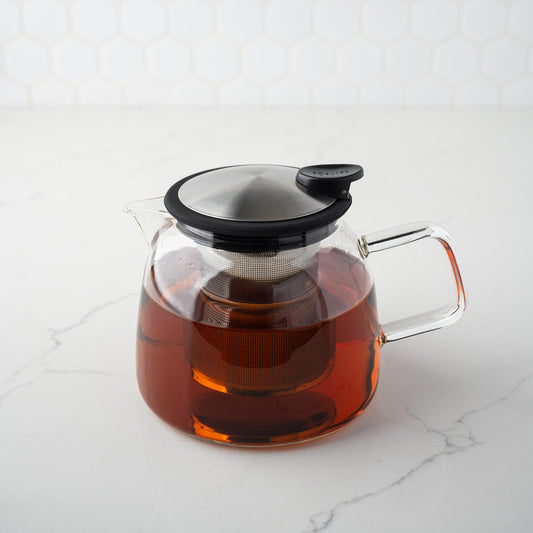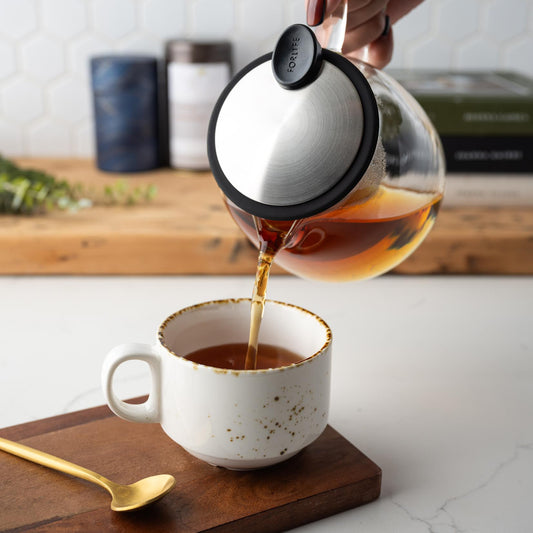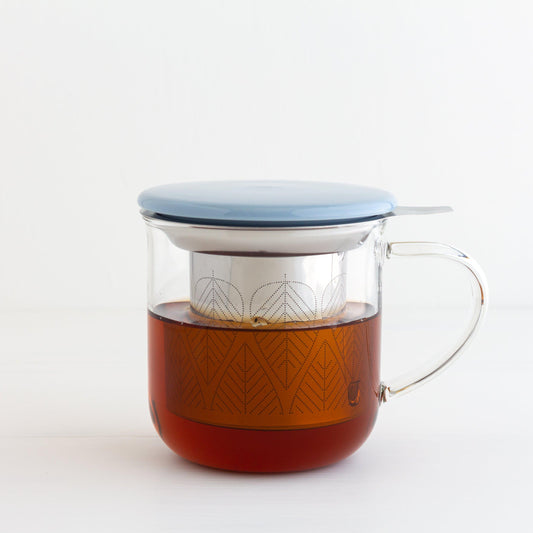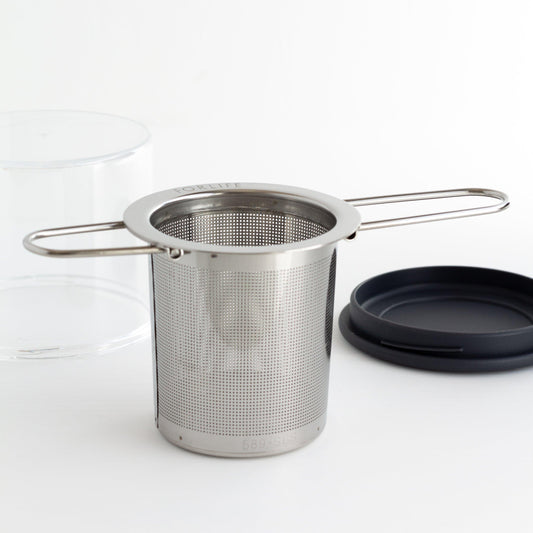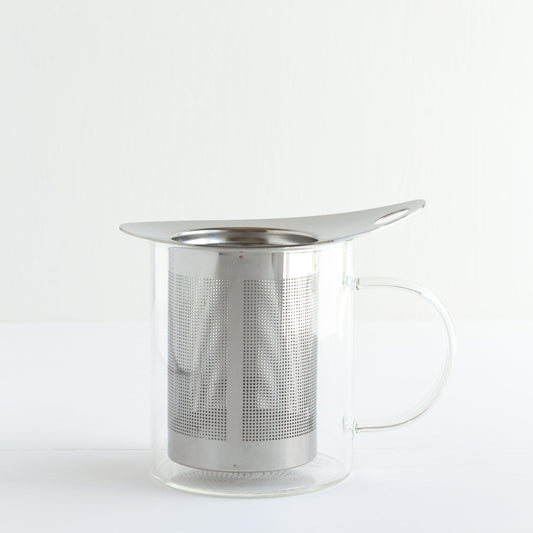How to Use a Tea Kettle: A Step by Step Guide
Tea kettles are a simple and efficient way to heat up water for tea. To heat water using a tea kettle, you can simply fill the kettle with water, heat it up, then pour the hot water into your mug or cup. Read on for a step-by-step guide on how to use stovetop kettles and electric kettles.
How to use a stovetop tea kettle
Stovetop kettles are easy to use, durable, and make a great kitchen accessory. To preserve your tea kettle and make sure that it functions properly for years to come, you should only use your kettle to heat up hot water. Unlike teapots, tea kettles aren’t designed to brew tea in; they’re just for heating up cold, filtered water for your tea. Here’s our step by step guide to using a stovetop tea kettle:
1. Clean your tea kettle
If you’re using a brand-new tea kettle, or if your tea kettle is looking a little the worse for wear after spending time in close proximity to bubbling pots and pans, it’s a good idea to give your tea kettle a gentle clean with soap and hot water.
2. Fill up your tea kettle
Fill your tea kettle with cold, filtered water. While you can use water straight from the tap, trace amounts of minerals may make your tea taste slightly different than it does when using filtered water. You should use only a little more water than you need to fill your pot or cup. Be sure not to overfill the kettle, since hot water can spill from the kettle when it starts to boil.
3. Heat up your kettle
Heat up your kettle to the desired temperature on your stovetop. You can use a stovetop kettle on a gas stove, electric or induction stove, or on a hot plate. For most herbal teas and black teas, you’ll want to heat the water to a full boil. For other types of tea, including green tea, white tea, and oolong tea, you’ll want to heat the water until it is steaming but not boiling.
Some stovetop kettles feature a temperature sensor that lets you monitor the temperature of the water in order to remove the kettle from the heat at the right time. Other kettles whistle when the water has reached a full boil. Be sure to remove the kettle from the heat when it’s ready rather than let it continue to boil. A kettle can be damaged if it’s allowed to boil dry.
4. Infuse your tea
When the water is heated to the desired temperature, the next step is to pour the hot water over the tea leaves in your pot or cup. You should pour the hot water over the leaves rather than adding tea leaves to a cup of hot water, since this allows the leaves to become fully saturated.
We recommend using a teapot, tea infuser, or tea filter to prepare your tea in. These brewing methods allow the loose leaf tea leaves to expand as the tea steeps, resulting in a richer, more flavorful cup.
5. Empty your kettle
To avoid rust and bacteria growth, you should empty any remaining water in your kettle and place it on a cool surface on your stovetop. There’s no need to wash your kettle after use.
How to use an electric tea kettle
Using an electric kettle is very similar to using a stovetop kettle, except that you heat the kettle up using an electric base rather than on a stovetop. Many people prefer electric kettles because they heat up water faster than a traditional kettle. Here’s our step by step guide to using an electric kettle:
1. Clean your kettle
If your electric kettle is new, you should gently clean the kettle with soap and hot water before using it.
2. Plug in the base
Electric kettles typically come with a base that plugs into an electrical outlet. This is what provides the heat source for the kettle. It’s best to plug the electric kettle into an outlet near a kitchen counter or kitchen table. Be sure the the kettle can rest in a clear spot without anything touching it.
3. Fill up the kettle
Fill up the kettle with cold, filtered water. Many kettles have measurements along the side that can help you to determine how far to fill it. Be sure not to overfill an electric kettle, since water can spill from the top of the kettle if it reaches a full boil.
4. Heat up the water
Some electric kettles heat water to a full boil, while other electric kettles have a temperature sensor that allows you to choose what temperature to heat the water to. In most cases, you should heat the water to a full boil when preparing black tea or herbal tea. Some teas, including green tea, white tea, and oolong tea, should be prepared with water that is steaming but not boiling.
5. Infuse your tea
Once the water has reached the desired temperature, it’s time to infuse your tea leaves. Pour the hot water over the tea leaves in your pot or cup, then let the leaves infuse for the desired amount of time.
We recommend using a teapot, tea infuser, or tea filter to prepare your tea in. These brewing methods allow the loose leaf tea leaves to expand as the tea steeps, resulting in a richer, more flavorful cup.
6. Empty your kettle
Empty any leftover water in your kettle, then place it back on its base to rest until the next time you need to make a cup of tea.
Choosing a tea kettle
There’s no one right way to brew a cup of tea, and which tea kettle is right for you will depend on a variety of factors, including your budget, your personal preference, and what types of tea you like to drink.
Reasons to choose a stovetop kettle
- You want to take a traditional approach to brewing tea
- You appreciate the aesthetic appeal of a stovetop kettle
- You want the kettle to whistle to remind you when the water is ready
Reasons to choose an electric kettle
- You want to heat water in as short a time as possible
- You want a temperature-controlled kettle for speciality teas
- You don’t have access to a stovetop
Teapot vs. tea kettle: what’s the difference?
While the terms “tea kettle” and “teapot” are sometimes used interchangeably, they’re actually different devices! Tea kettles are used to heat water, and usually aren’t used for brewing tea. Stovetop kettles and electric kettles are two common tea kettle options. Teapots, on the other hand, are used for brewing tea, and you usually can’t place a teapot on the stove to heat up hot water. Teapots are often made of glass, ceramic, or cast iron.
Our tea kettles
We carry several types of electric tea kettles in our retail shop in Santa Fe, New Mexico. If you’re interested in an electric kettle, please get in touch with us to learn more.
